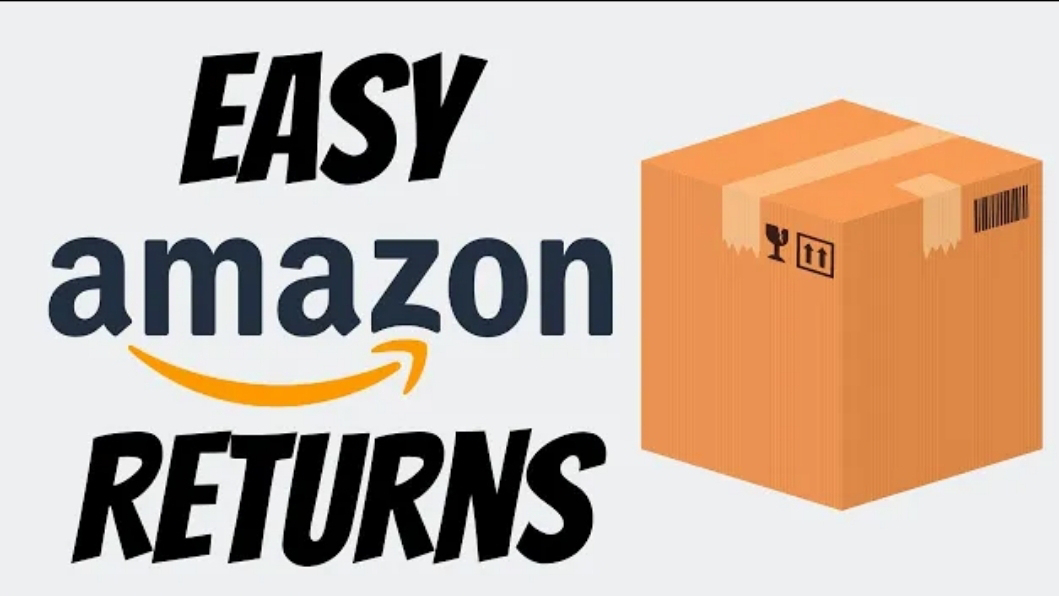How to Research, Create, and Sell Profitable Digital Products on Etsy: A Comprehensive Guide
Selling digital products on Etsy has become a lucrative business for many entrepreneurs. In this guide, I’ll walk you through the entire process: researching profitable niches, creating digital products using Canva, and sharing them effectively on Etsy. Many people struggle with these steps, but I’ll break it all down so you can start your journey confidently.
1. Understanding the Potential of Digital Products
Digital products are ideal for Etsy because they require minimal overhead, can be created with free or affordable tools like Canva, and are highly scalable. Once you design a product, you can sell it repeatedly with no additional effort.
To give you some context, my shop has been running for a year, and the sales have been consistently growing. While Etsy does take around 20% for fees and ads, I still retain about 80% profit, which is impressive.
If you're uncertain about the long-term potential, rest assured—it’s a sustainable business model if you focus on quality and niche products.
2. Researching Profitable Niches with EverBee
Research is the cornerstone of success when selling on Etsy. The goal is to identify niches with strong demand and manageable competition. For this, I highly recommend using EverBee, a Chrome extension designed for Etsy sellers.
Steps to Conduct Effective Research
Install EverBee
- Start with the free version to explore its features.
- Upgrade to the paid version for access to more advanced data like revenue estimates and detailed competitor analysis.
Choose a Broad Keyword
- Begin your search with a broad term like Canva templates.
- This will give you an overview of what’s popular and provide a starting point for your research.
Analyze Search Results
- Use EverBee’s Product Analytics to scrape data from Etsy search results.
- Focus on key metrics:
- Monthly Revenue: Helps you gauge profitability.
- Listing Age: Newer listings indicate fresh opportunities.
- Shop Age: Determines how recently the shop entered the market.
Filter and Validate Opportunities
- Prioritize listings with high revenue and low listing/shop ages.
- Example: A new client onboarding bundle might show $9,000/month in revenue, with a shop age of only 15 months—this indicates a high-potential niche.
3. Designing Digital Products with Canva
Once you’ve identified a niche, the next step is creating your product. Canva is an excellent tool for designing templates, especially for beginners.
Getting Started with Canva
Leverage Templates as Starting Points
- Search for templates related to your niche (e.g., client intake forms).
- Select a base template and customize it to match your brand’s aesthetic.
Make It Your Own
- Adjust typography, colors, and layouts to create a cohesive and professional look.
- Ensure your designs are tailored to the needs of your target audience.
Build a Cohesive Bundle
- Combine complementary templates into a single package.
- For example, a client onboarding bundle might include intake forms, contracts, and welcome kits.
- Use consistent branding throughout the bundle for a professional appearance.
Pro Tip:
Cohesive bundles not only look more polished but also build trust with buyers, increasing the likelihood of repeat sales.
4. Sharing Your Canva Templates on Etsy
Creating the product is just the beginning. To sell Canva templates on Etsy, you need to provide buyers with editable links in a way that protects your master files.
How to Share Canva Templates
Generate a Template Link
- Canva Pro is essential for this step as it allows you to create template links.
- Go to Share > Template Link and copy the link.
Create a PDF Delivery File
- Design a simple PDF document with the following:
- A thank-you message.
- Instructions on how to use the template.
- The Canva template link.
Example:
- "Thank you for your purchase! Use the link below to access your template. If you have any questions, feel free to reach out."
- Design a simple PDF document with the following:
Embed the Link
- Highlight the link text in the PDF, select Link, and paste the Canva template URL.
Export the PDF
- Save the file as a PDF Standard.
- This PDF will be the product your customers download from Etsy.
5. Optimizing Your Etsy Listing
Your listing is the first impression potential buyers will have of your product. Optimize it for maximum visibility and conversions.
Key Elements of a Winning Etsy Listing
Title
- Include primary and secondary keywords.
- Example: "Client Onboarding Bundle - Editable Canva Templates for Coaches and Consultants."
Description
- Clearly explain what’s included in the bundle.
- Highlight key features, such as ease of customization and compatibility with Canva’s free version.
Tags
- Use all 13 tags to maximize your reach.
- Include niche-specific terms like Canva templates for business or editable onboarding kits.
Photos and Mockups
- Showcase your templates using high-quality images and mockups.
- Add screenshots of the template in use to give buyers a clear idea of what they’re purchasing.
6. Scaling Your Digital Product Business
Once your first listing is live, focus on scaling your shop:
Create More Listings
- Use your research to identify additional niches.
- For example, create templates for specific industries like photographers, coaches, or small business owners.
Bundle Your Products
- Combine related templates into larger bundles to increase perceived value.
Promote Your Shop
- Use Etsy ads to drive traffic.
- Share your shop on social media platforms like Pinterest or Instagram to attract a wider audience.
7. Additional Resources
To help you get started, I’ve created a free digital product list featuring the top-performing categories on Etsy. Download it using the link below and start brainstorming your next big idea!
If you found this guide helpful, make sure to subscribe for more in-depth tutorials on selling digital products on Etsy. I cover everything from keyword research to advanced marketing strategies.
Until next time, happy selling!




Comments
Post a Comment